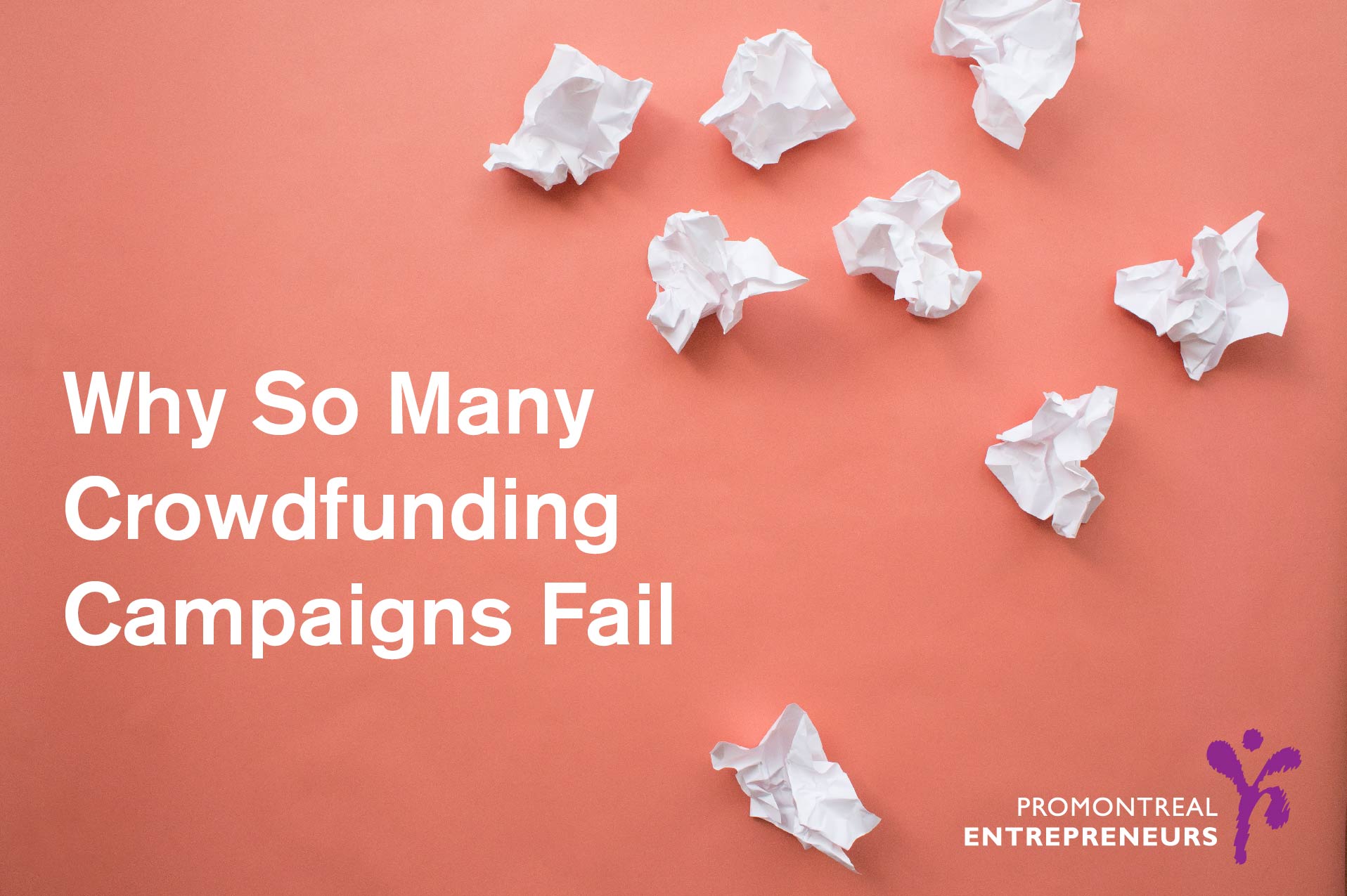You see it in the media all the time: Company X raised X amount of dollars at X$ valuation. If you don’t work in finance, have a business background, or have knowledge of venture capital, this may sound foreign to you. It’s pretty simple when broken down. Funding rounds and entrepreneurial jargon can seem intimidating to many. All it takes to understand is a step-by-step explanation of its different components, and that’s exactly what we want to do to alleviate your worries.
What is a funding round?
First off, what is a funding round, exactly? A funding round is what occurs because of a company’s need to raise money with help of investors. This means that new partners enter by acquiring part of the company’s share capital. Subsequently, this entails them having control over a part of it. In return for funding, investors expect the company to grow and succeed, and recover more than what they had invested. There are different types of funding (i.e. seed, series A, series B and series C). But, before going into all of that, let’s cover the basics.
Why is it important for startups to get the money?
When investors give money to startups they receive ownership stake in return. What increased investments does is that it can increase marketing budget, affect your speed to market, increase your visibility, and decrease your personal risk. Most investors usually join the project as partners. Having motivated, smart, and connected partners on your team comes with benefits beyond money.
Does the money have to be paid back?
No. If the startup fails, the investors lose out. But if the company gets acquired or goes public, they could potentially make a lot of money. Investors that take equity stake in a startup expect to reap large returns and rewards.
Why not just take a loan?
Although it is very smart not to dilute your business when you are first starting out, taking out a loan can be challenging for a new business. If you are an entrepreneur looking to keep all equity of your business, loans are the way to go. But, it is important to keep in mind that while loans don’t dilute ownership, they have to be paid back with added interest. All in all, many entrepreneurs opt for loans, in addition to funding rounds.
What’s a valuation? And how is it determined?
Startup valuation isn’t an exact science. A valuation is how much the company is worth. Determining this can get complicated, especially for early stage startups. Many startups raise funding when they are pre-revenue, so it’s really just a bet on how big the company can be in the future. There are many different valuation tools and method that can be used. They can vary in the amount of assumptions you need to make about a company’s future, relative to past performance. Most startups take into account the estimated market size for their product or service, revenue, growth trajectory, and the likelihood of IPO or acquisition.
The higher the valuation, the better?
Not necessarily. Raising the valuation raises the stakes. Not only can valuations be ambiguous, a high valuation doesn’t mean much if a company decides to sell for less than it initially raised. Investors would then lose money on the deal. Also, assuming a company isn’t in their last round of funding, what a high valuation has done is set an extremely high bar for the business to reach before being able to raise more funds. This can also mean bad news for employees with equity compensation.
What is seed vs. Series A, B and C?
These designations relate to the stage of investment. “Seed” refers to the startup’s very first funding round. The subsequent rounds have the letters “A”, “B” and “C” attached respectively. There are investors that specialize in different stages of investment. They often label themselves as “seed-stage funds” or “late-stage funds.”
Is there a difference between an angel investor and a venture capitalist?
Yes. The difference is pretty clean cut. Angel investors are individuals who invest their personal finances in a startup. On the other hand, venture capitalists are institutional investors. They manage other people’s money, which they use to invest in business ventures. Many venture firms have limited life cycles, and are expected to provide returns to their contributors at the end of the period. It is expected that most startups will fail, but that the best ones will provide enough returns to cover all the losses and then some.
What do startups do with the money?
Simply put, the money is used to accelerate growth. It can be used to hire new employees, sales & marketing efforts and any sort of production costs. Obviously, this also depends on the nature of the business.
When and how often should a startup raise money?
This varies from business to business. Generally, startups raise funding every 1-2 years. It all depends on how much money is in the bank, how much more is needed and how much investors want to invest in you. Smart entrepreneurs raise funds before the money is needed, running out of cash is death for businesses. Don’t forget that fundraising is a long and arduous process.
How do you get investors?
Of course you should have a solid business proposal, but forming connections with investors is just as important. There is so much value to be gained by networking. Other than investing in someone with an attractive business, investors look for people they can trust to get the work done. Make an effort to go to industry events, build relationships, and introduce yourselves to people who can help make your goals happen.
How should you pick investors?
Whether you are working with an angel investor or a venture capitalist, one thing is for sure: money isn’t the only thing that makes an investor a right option. If your investor plans to be an active member of your business, it is crucial that there is trust in that relationship. It is also important that you find an investor in line with your interests, and that can solve your current problem. Additionally, keep in mind that diversity matters. In other words, you want investors with a complimentary skill set.
So you’ve raised millions. Does that mean you’re going to succeed?
Unfortunately, probably not. Starting a company is always a gamble. Some win and some loose. It requires much more than money raised. It entails consistent pace of innovation, and an immense will to persevere through hard times. Smart and hardworking people can run into various challenges at different stages. The key is knowing how to solve problems that arise, putting in the hours, being patient, and knowing when to pull the plug.
Hopefully this has covered some of the basic questions you had about funding rounds and why they matter. While your investments don’t necessarily determine how successful your business will be, funding rounds have great impact on your business’ potential. Funding rounds don’t provide automatic solutions to your problem, what you do as a result is what matters.




 You can only make a first impression once. Introducing your start-up to an angel investor is nerve-wracking to begin with. However, introducing your start-up to an angel investor by e-mail is a lot more challenging. You cannot charm or socialize with an individual by e-mail the same way you would in person. Standing out is much harder. Of course, you are better off reaching out to an angel investor by e-mail after having met them in person. But this isn’t always the case. For this reason it is important that you hatch out a plan that will captivate the interest of an angel investor. As said
You can only make a first impression once. Introducing your start-up to an angel investor is nerve-wracking to begin with. However, introducing your start-up to an angel investor by e-mail is a lot more challenging. You cannot charm or socialize with an individual by e-mail the same way you would in person. Standing out is much harder. Of course, you are better off reaching out to an angel investor by e-mail after having met them in person. But this isn’t always the case. For this reason it is important that you hatch out a plan that will captivate the interest of an angel investor. As said 
 Crowdfunding platforms, such as Kickstarter and Indiegogo, have become mainstream in the past few years. There are many reasons why early stage entrepreneurs have turned to crowdfunding. Some of these reasons include not wanting to take out more debt, validating product market fit or simply to create a brand following. Crowdfunding serves many
Crowdfunding platforms, such as Kickstarter and Indiegogo, have become mainstream in the past few years. There are many reasons why early stage entrepreneurs have turned to crowdfunding. Some of these reasons include not wanting to take out more debt, validating product market fit or simply to create a brand following. Crowdfunding serves many 
 Finding the right investor for your business, let alone any investor, is a difficult task. You have to know where to look, who to network with, and the kind of resources your business needs. The last thing you want is an investor who can only provide financial support. You will likely speak to over a dozen of investors before finding the right one for you. It will be a tiring process, but meticulousness is necessary if compatibility is what you’re looking for. Here are 4 tips on how to find investors for your business when the time is right.
Finding the right investor for your business, let alone any investor, is a difficult task. You have to know where to look, who to network with, and the kind of resources your business needs. The last thing you want is an investor who can only provide financial support. You will likely speak to over a dozen of investors before finding the right one for you. It will be a tiring process, but meticulousness is necessary if compatibility is what you’re looking for. Here are 4 tips on how to find investors for your business when the time is right. Your business’s MVP is more than just your minimum viable product. Sport teams aren’t the only ones with a most valuable player. As an entrepreneur in the product development stage, your minimum viable product is without a doubt your most valuable player. A team’s most valuable player teaches, remains focused, sets reasonable goals, is a representation of security, and gets the job done. All of these are also embodiment of a quality minimum viable product. Saying that your minimum product is also your most valuable may sound like a contradiction. Here are a few reasons why they are not mutually exclusive and what your MVP should accomplish.
Your business’s MVP is more than just your minimum viable product. Sport teams aren’t the only ones with a most valuable player. As an entrepreneur in the product development stage, your minimum viable product is without a doubt your most valuable player. A team’s most valuable player teaches, remains focused, sets reasonable goals, is a representation of security, and gets the job done. All of these are also embodiment of a quality minimum viable product. Saying that your minimum product is also your most valuable may sound like a contradiction. Here are a few reasons why they are not mutually exclusive and what your MVP should accomplish. Hayes was part of PME’s 2014 funding round. Still heading operations of his business,
Hayes was part of PME’s 2014 funding round. Still heading operations of his business, 
 As the saying goes, you never get a second chance to make a
As the saying goes, you never get a second chance to make a